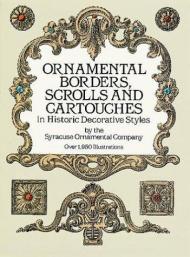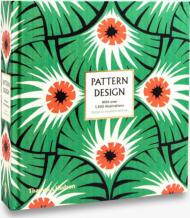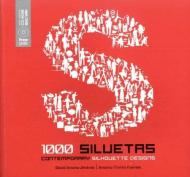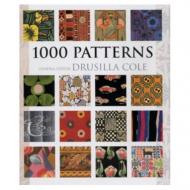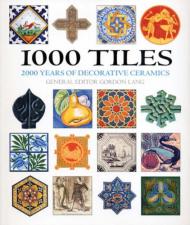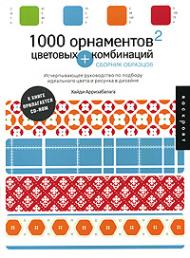Pattern-Thinking переоцінює роботу Бакмінстера Фуллера — унікального гібрида теоретика, архітектора, дизайнера, педагога, винахідника та автора — як передові сучасні моделі дослідження, практики та педагогіки дизайну. Спираючись на архів Фуллера, книга відстежує його унікальний процес перекладу між фізичними та концептуальними вимірами дизайну, щоб переосмислити наше розуміння взаємозв'язків між геометрією, структурою, мовою та інтелектуальною власністю.
Замість того, щоб бути організованим навколо хронології окремих наративів, Pattern-Thinking слідує цим паралельним дослідженням як основі для артефактів та винаходів Фуллера. У просторі між лініями, моделями, словами та патентами простежується його амбіція вимірювати фізичний досвід у постійно зростаючій схемі взаємозв'язків, одночасно координуючи їх у концептуальну мережу слів та понять, що формують основу його мислення. Захищаючи міждисциплінарну та політичну перспективу, трансверсальна логіка Фуллера розширює базу знань про сучасні моделі дизайну, які прагнуть знайти ширшу участь та звернутися до нової аудиторії.
Про авторів:
Даніель Лопес-Перес, доктор філософії з історії та теорії архітектури Принстонського університету, є доцентом і одним із засновників факультету архітектури в Університеті Сан-Дієго. Лопес-Перес був редактором книги «Фуллер у Мексиці/Фуллер у Мексикі!» та книги «Р. Бакмінстер Фуллер: Людина світу», яку журнал «Architect» нагородив журналом «Architect» як «Книга року з дизайну 2013».
Річард Бакмінстер Фуллер народився 12 липня 1895 року в Мілтоні, штат Массачусетс. Провівши більшу частину своєї юності в Массачусетсі та на острові Ведмежий у штаті Мен, він покинув Гарвард і вступив до ВМС США під час Першої світової війни. У 1917 році він одружився з Енн Хьюлетт, дочкою відомого нью-йоркського архітектора, і після звільнення з флоту близько п'яти років працював зі своїм тестем над новими методами будівництва житла. З 1927 року він став незалежним і присвятив себе повному переосмисленню питання житла — невпинно ставлячи під сумнів кожне припущення щодо структури, функції, матеріалів, технологій, естетики, послуг, розподілу, мобільності, комунікації, співпраці, інформації, переробки, політики, власності та соціальних норм. Він почав з перших принципів, щоб розробити радикальну філософію «робити набагато більше зі значно меншими та непомітними витратами». Постійною метою був набагато ефективніший та справедливіший розподіл планетарних ресурсів, щоб забезпечити виживання та постійну еволюцію людського виду. Його робота відповідала основним течіям сучасної архітектури, радикалізувала їх та критикувала, і досі не піддається категоризації. Він був безперервним викладачем та комунікатором по всьому світу в усіх можливих засобах — ставши, мабуть, найвідомішим дизайнером та теоретиком дизайну ХХ століття. Він помер 1 липня 1983 року в Лос-Анджелесі біля ліжка своєї дружини, яка померла через тридцять шість годин.


